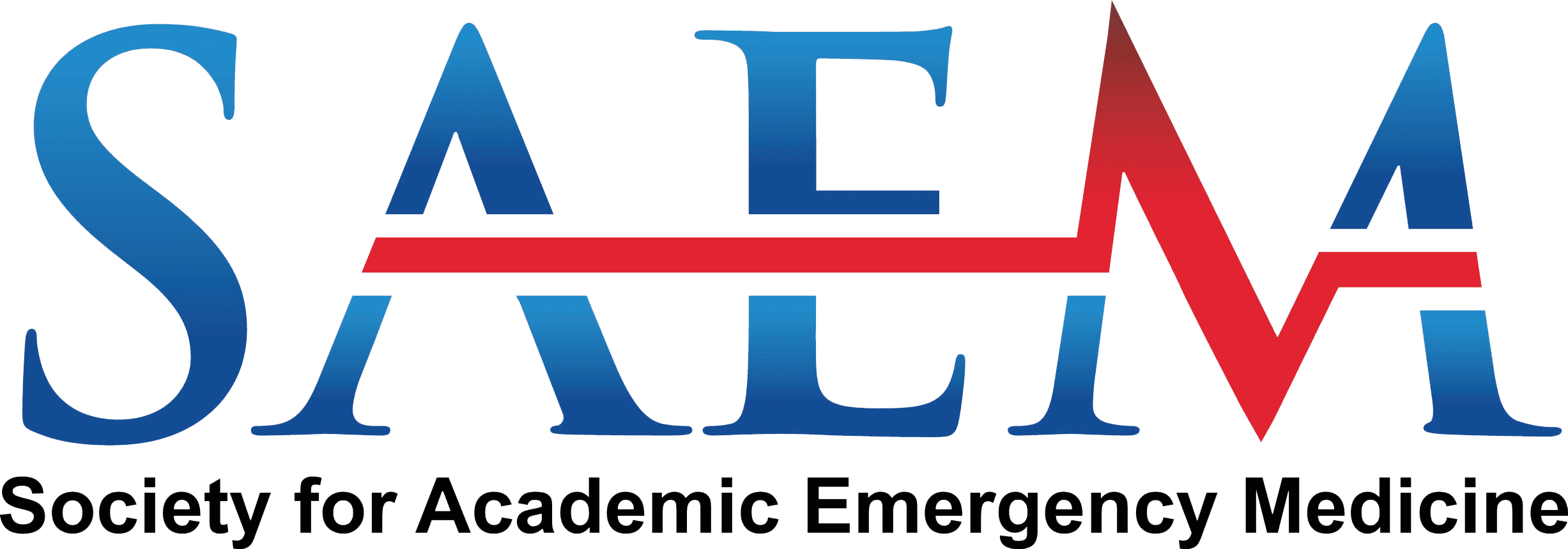History of Community Emergency Medicine

Emergency medicine (EM) began as an extension of hospital medicine, but as the specialty has grown and evolved it has become closely connected with community care and development. Emergency physicians choose community EM for its salary, procedures, the ability to develop practice style, individual interest in broader scope/macro-level interactions, improved patient experiences, the lack of desire to interface with trainees and/or academic medicine, and the desire to make an impact on a greater scale (as EM represents a major interface between medicine and public health).
EM constantly and directly interfaces with the community, giving an advantage to enter community practice from an emergency department (ED) background. The EM skillset most appropriately aligns with that needed for community practice, as emergency physicians represent the first and sometimes only point of contact for large numbers of vulnerable individuals in the U.S. healthcare system. As EM continues to emerge and expand as a specialty, community medicine represents a major opportunity for the field.
What Does Community Practice Look Like?
There are a wide variety of practice patterns including variation in hours, setting, number of physicians, working with APPs, and more.
- The "average" community site will have one-two physicians covering at a time on eight-ten hour shifts with an APP staffing.
- Average clinical hours are around 1,680 (around 140 hours per month, typically in the 14-16 shift range depending on the length and variety of shifts).
- Most community physicians see about 1.5-2.5 patients per hour.
- Some rural practices have 24 hour shifts with much lower patient volumes, and typically options to sleep during the shift.
- Some community sites are affiliated with academic institutions and can have residents, but most do not.
Pay models also vary widely in community practices.
- W2 models salaried with expected number of hours (e.g. various hospital-based jobs or private groups).
- 1099 independent contractor or the option to be vs. W2 (e.g. TeamHealth, typically larger CMGs).
- K1 or partnership, which typically have either W2 or 1099 pay attached to ownership (i.e. shares) of the company.
- Locum tenens: work for a group or company with the plan of being "deployed" to sites that need temporary increased coverage. This is typically seen in rural areas or hospitals with groups that are floundering, with hours varying greatly, and pay being usually higher. Most of the time you can get travel and lodging covered.
Multiple countries in Europe have experimented with involving ED physicians on paramedic units/ambulances/fire departments. This is not utilized in the U.S., but a lot can be drawn from the experiences of European counterparts.
There is no "set path" to get into community practice as an ED physician - you can consider three- or four-year residency programs, and consider whether to pursue a fellowship. Community medicine may be considered the "default" pathway if you choose to do nothing else in residency other than train and graduate, but this does not mean it is less valuable. If your residency does not have a structured way to get involved in community EM, seek out or create an elective in community EM. You can also become involved in community-based organizations or consider moonlighting if possible.
Challenges of Community Practice
- Burnout, especially if you're not doing anything else besides patient care.
- Potentially working for CMGs.
- Depending on your particular ED, little backup may be available, which may be different from residency experience.
- Metrics: While every specialty and environment will have metrics tracked, community practice may have employers that are for-profit and push metrics more than other areas (compared to academic for example).
